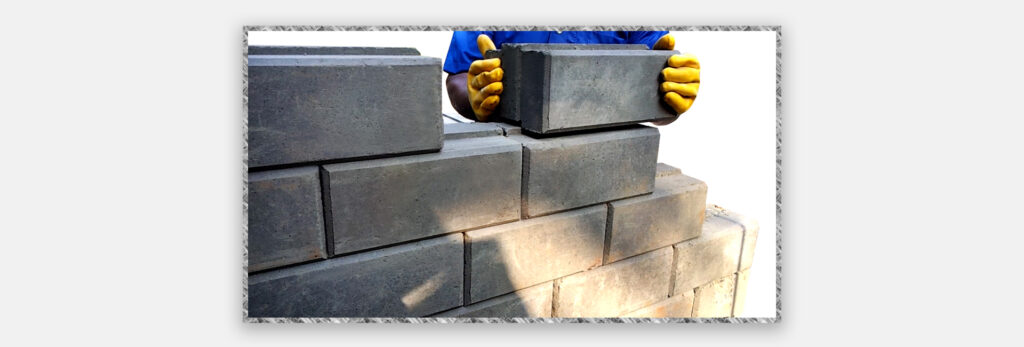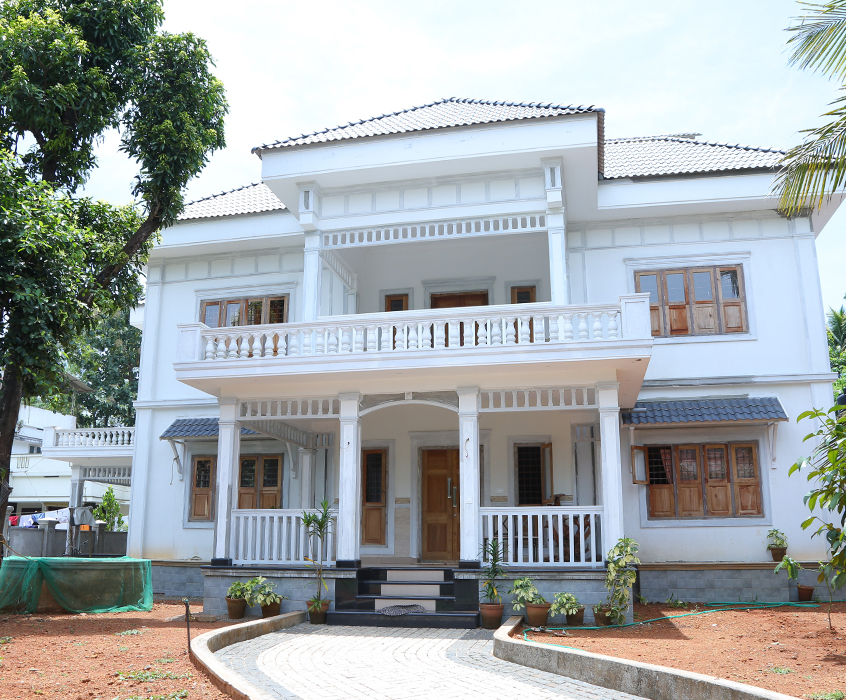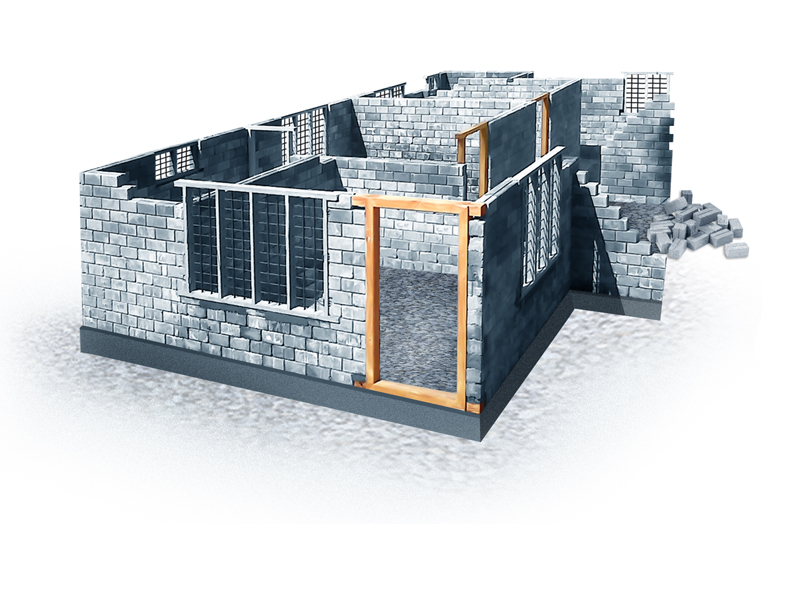
A Thought about Self-Alignment of Interlocking Bricks and Increased Wall Quality
- toughie
- 13 Jun, 2022
The new trend in wall construction is interlocking bricks which have become highly popular due to their stability and increased wall quality. Interlocking bricks have found numerous applications in building load-bearing walls, lintels, sills, wall corners, partition walls, etc.
Interlocking bricks in Kerala are totally different from traditional bricks because they need no mortar or cement for binding them together lessening masonry work. The interlocking mechanism is such that there is a projection that sticks out on one side of a brick which is designed to fit into a depression on the brick next to it. The other side of the brick has a depression that is designed to receive the projection of the brick on its other side.

Many studies have been conducted to determine the efficacy of structures made with interlocking bricks and they have been found to improve the performance in an aggressive environment. As these bricks are locked against each other without the use of cement mortar, they make things easier and foam a stable building structure.
Interlocking bricks are created by mixing sand, soil, and cement with minimal water. This mixture is then compressed in a machine to produce bricks with an interlocking pattern. Mechanized compaction and vibration produce blocks of prime quality even though the lean mix uses little or no cement.
One of the noteworthy benefits of interlocking bricks is that they give good earthquake resistance. Earthquakes create various stresses on the structure & conventional bricks cannot bear the stress. They cannot transfer the seismic load across the structure equivalently. Only the binding mortar transfers the seismic loads, and if it fails, the whole structure will fail.

The self-locking pattern makes interlocking bricks better equipped to transfer the seismic forces equivalently across the whole structure. The energy formed inside the wall due to earthquakes is released by the space where mortar is not present and therefore there is no crack formation. Moreover, the lateral or horizontal forces of the earthquake are resisted by the interlocking mechanism of the bricks.
Contact us at toughie.in to know more.


